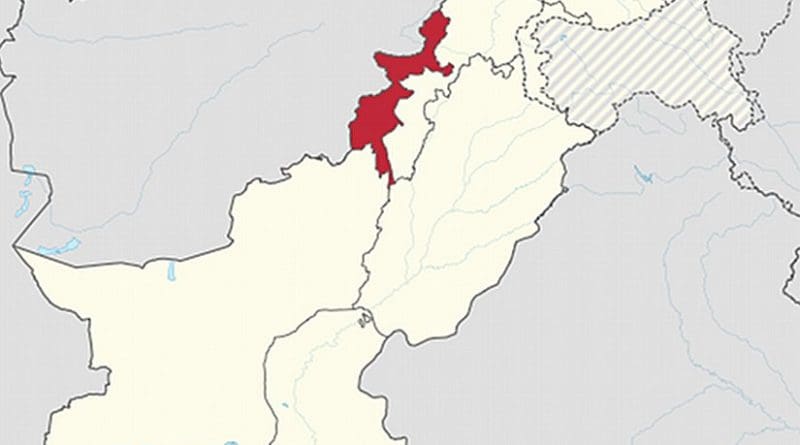Pakistan-Based Terrorism: Diminishing US Options
By B. Raman
The US is faced with diminishing options in its efforts to neutralise Al Qaeda, the Talibans and other terrorist organisations operating from North Waziristan in the Federally-Administered Tribal Areas (FATA) of Pakistan. Any successful terrorist strike in the US Homeland would most probably originate from this area — whether it be one involving conventional modus operandi or one involving the use of weapons of mass destruction material.
So long as the terrorist infrastructure in Pakistani territory — particularly in North Waziristan which has been and which will continue to be the launching pad of strikes directed at the US — is not neutralised once and for all, the US cannot be free of the fear of the terrorists succeeding one day.
The present US operations in North Waziristan are focussed on the neutralisation of senior and middle level leaders of Al Qaeda and other organisations operating from sanctuaries in this area. The Drone (pilotless plane) strikes on their hide-outs and vehicular movements have not been without success, but most of those killed were easily replaceable.
But eliminating the leaders alone will not be adequate. It is equally necessary to destroy their infrastructure. The damage suffered by the terrorist infrastructure from the Drone strikes has been insignificant. The ground-based infrastructure can be destroyed only through ground operations — classical or covert — and Cruise missile strikes. Predator strikes from Drones will not destroy infrastructure.
Ground-based operations — whether of the hit and run variety or the hit and stay kind — would need the involvement of ground troops of the US or Pakistan or both. Involvement of US troops in ground-based operations, whether alone or in tandem with Pakistani troops, could prove messy and counter-productive.
The Pakistani Army is reluctant to undertake any operations in this area because of its dependence on the non-Al Qaeda groups based in this area such as the Haqqani network, the 313 Brigade of Ilyas Kashmiri, the Punjabi Taliban groups etc for advancing its own strategic agenda against India and Afghanistan.
Having followed since 9/11 a policy of incentives for action and nothing but incentives with no disincentives for inaction, the US finds itself helpless to counter Pakistani inaction. Its policy is inhibited by the fear that any punitive action against Pakistan might end even the inadequate co-operation that it has presently been getting from Pakistan.
If the US is not able to use its ground forces and is reluctant to force Pakistan to use its forces through appropriate disincentives if it does not do so, it has only one alternative left — encourage the Afghan Army and special forces to undertake covert actions in North Waziristan directed against the infrastructure. This is an option worth exploring even if the chances for success appear low at present. The Afghan elements to be used for covert actions should be appropriately trained and equipped.
Cruise missile attacks can be more effective against infrastructure than Predator strikes from Drones if those are sustained and without respite. The civilian casualties may go up, but the risk has to be faced in the absence of other alternatives. The Cruise missile attacks of 1998 against Al Qaeda’s training infrastructure were ineffective because it was an one-shot affair. To be effective, they have to be sustained.
Instead of continuing to depend only on Drone strikes, the US should adopt a three-pronged strategy of a sustained campaign involving the use of Drones, Cruise missiles and the Afghan covert action forces.

